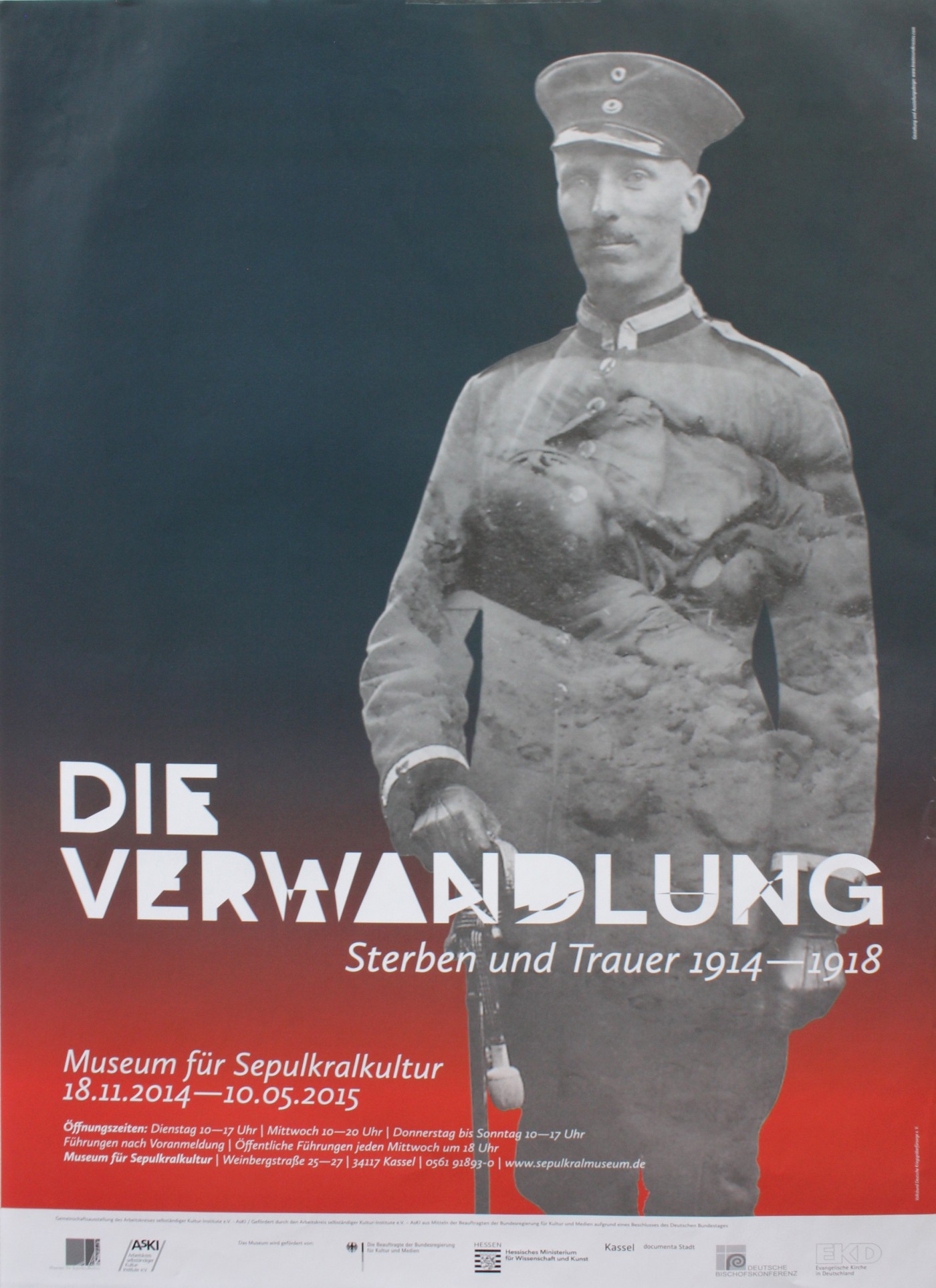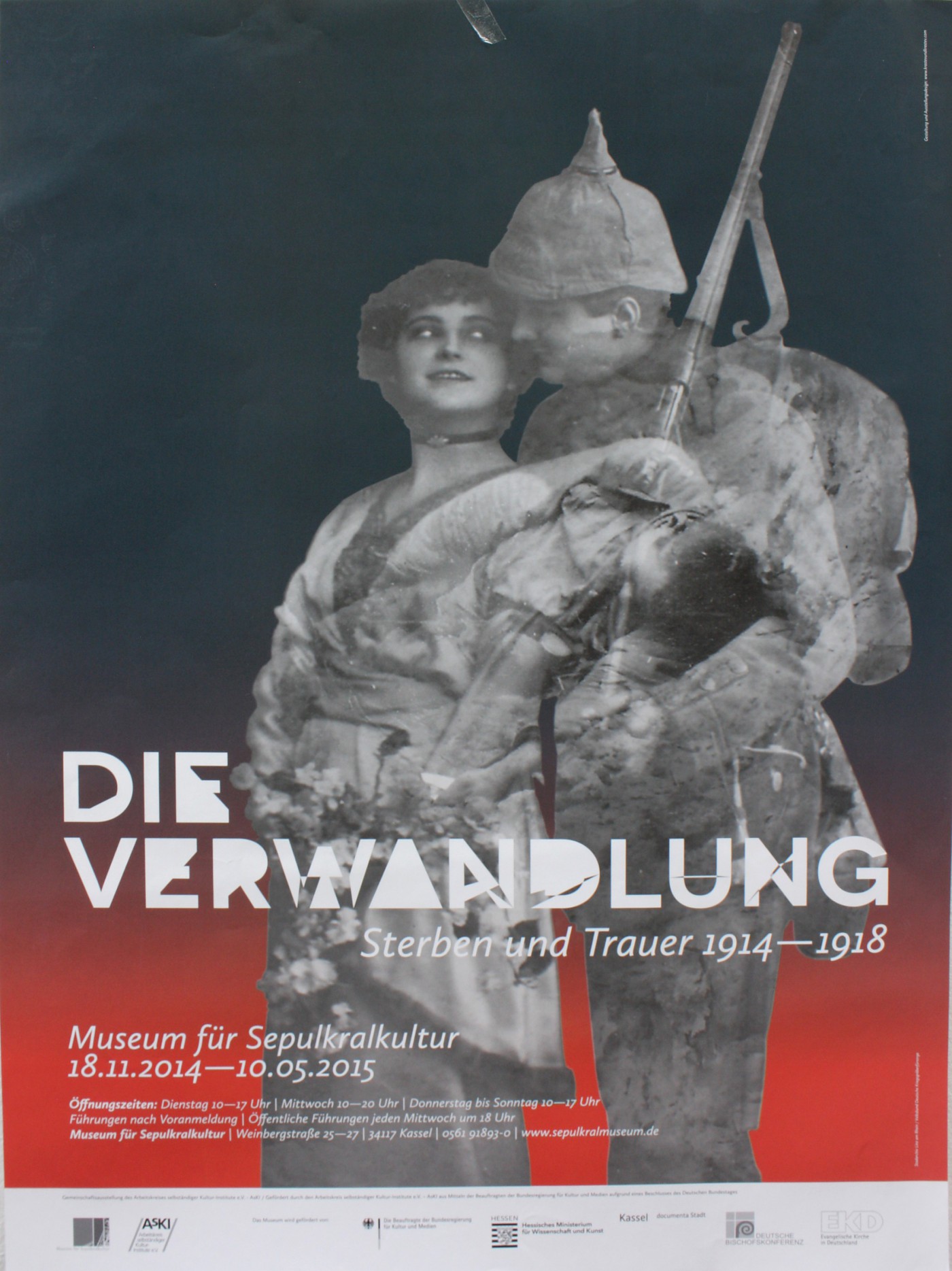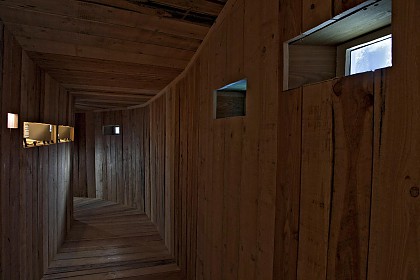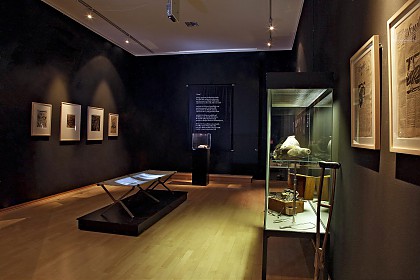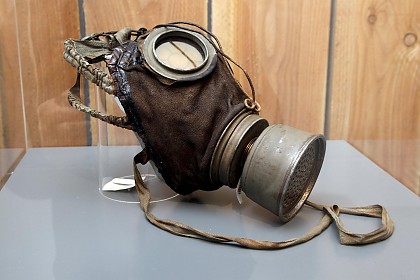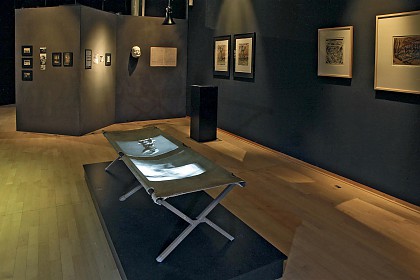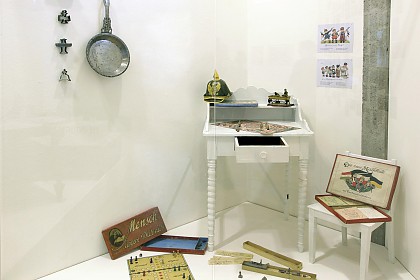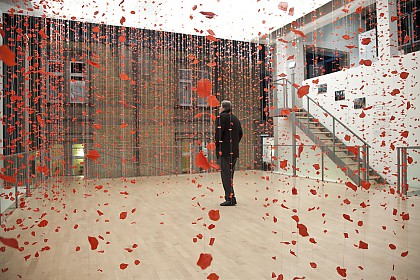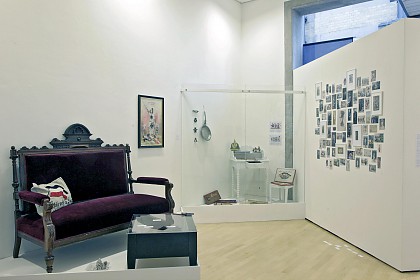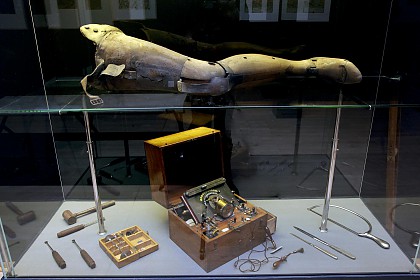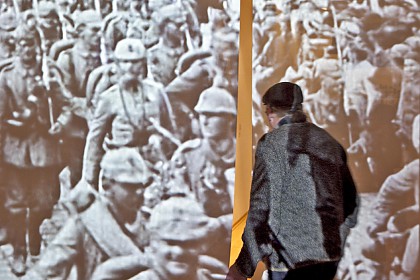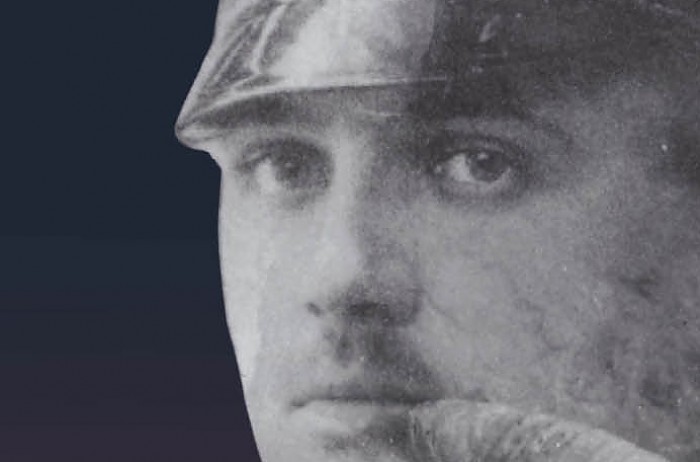

18. November 2014 – 10. May 2015
Dying and mourning 1914-1918
One hundred years ago, the people of Europe were confronted with killing, dying and suffering in a dimension that had been unimaginable until then. While millions of soldiers were killed on the battlefields during the First World War, hundreds of thousands of civilians died of hunger and disease at home.
How the people in Germany between 1914 and 1918 dealt with these horrible experiences, how the official and private reaction to the catastrophe was handled, how artists and "normal citizens" tried to cope with the trauma, how writers interpreted the events and which media and means were used to articulate the diverging attitudes, feelings and intentions, is the issue of this exhibition. The show is a joint project by the AsKI Institutes: Academy of the Arts, Berlin and its affiliated Kempowski-Bioarchiv, the Buddenbrookhaus, Heinrich-und-Thomas-Mann-Zentrum Lübeck, the German Literature Archive Marbach, Deutsche Kinemathek Berlin, Max-Reger-Institut Karlsruhe, Museum der Brotkultur Ulm and the Museum for Communication Berlin. Various positions were be presented and contrasted with one another.
All exhibits and testimonies in the exhibition are from the four years of the war. Unfiltered, they reflect the reactions to what individuals experienced during this period or to what was reported or suggested to them at the time. Above all it is the immediate, spontaneous, that speaks from many things that were commonplace during the war, and which is also impressively evident in the works of the artists, writers and musicians. The collection pieces that the AsKI Institutes have brought into the exhibition are therefore touching in a completely different way.
After four years of war, the world was no longer as it was before. The transformation was radical. It encompassed everything and affected everyone: people, society, politics, media, technologies, landscapes and maps.
The transformation, the metamorphosis as a continuous metaphor should therefore inspire the visitors to search for such changes. What were the moods at the beginning of the war, what were the wishes, hopes and fears of the people and how did the experience change their perceptions? Where were there continuities, where breaks in the narrative structures? How did people deal with the mechanization of killing and the everydayness of dying and suffering? Based on individuals and their view of certain events, an approximation is to be made possible.
Positions in the exhibition:
Max Beckmann (magazine "Kriegszeit"), Otto Dix, George Grosz, Josef Hegenbarth, Willi Jäckel, Ernst Jünger, Franz M. Jansen, Heinrich Mann (audio), Thomas Mann (audio), Frans Masereel (magazine "la feuille"), Max Reger, Waldemar Rösler (magazine "Kriegszeit"), Gustav Sack, Alois Wach
Curators
Gerold Eppler und Stefanie Hamann (Museum für Sepulkralkultur)
Layout and exhibition design
Jessica und Milen Krastev, Kassel
The exhibition was supported by: Arbeitskreis selbständiger Kultur-Institute e.V. – AsKI with funds from the Federal Government Commissioner for Culture and the Media based on a resolution of the German Bundestag.
Arbeitsgemeinschaft Friedhof und Denkmal e.V.
Zentralinstitut für Sepulkralkultur
Museum für Sepulkralkultur
Weinbergstraße 25–27
D-34117 Kassel | Germany
Tel. +49 (0)561 918 93-0
info@sepulkralmuseum.de



